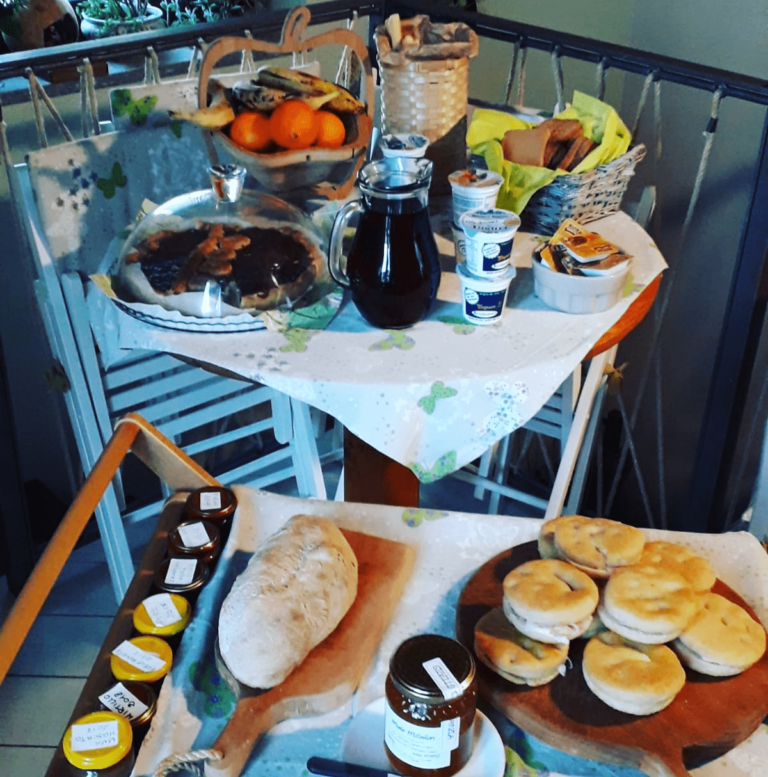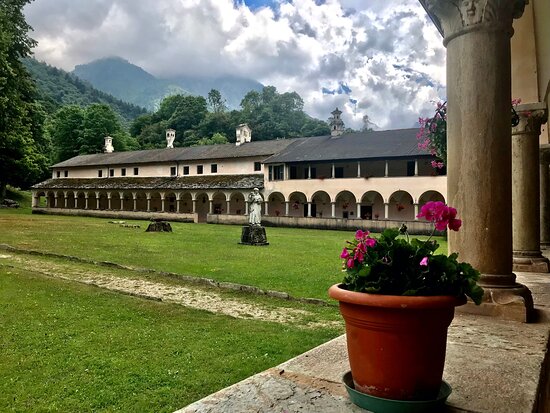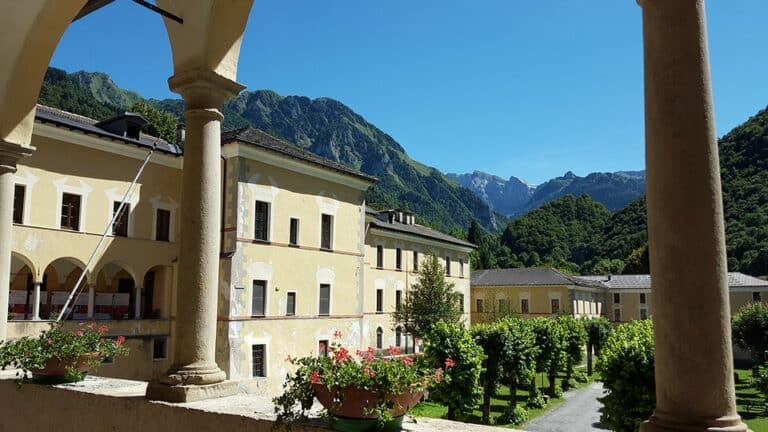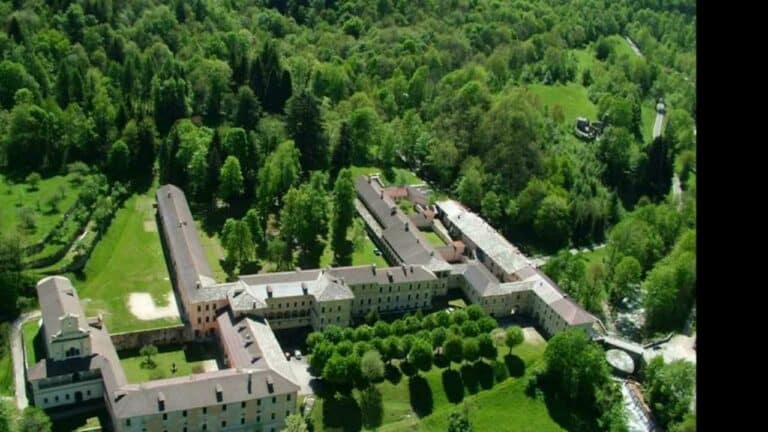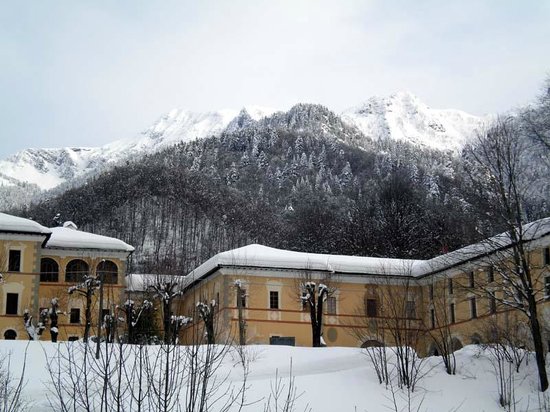About Us
Ca d’Pandin
The origins of the name
The name Ca d’Pandin comes from the nickname by which the great-great-grandparents of the Dutto family, the owners of the structure. In fact, each area of the town of Peveragno corresponded to a “stranom” and the one in the area where the structure is located is precisely “Pandin“
The house originally belonged to the great-grandparents of Franca, the owner, and consisted of a kitchen, a barn and a stable; In the renovation we tried to recreate a rustic ambience, keeping the structure as close as possible to the original, but at the same time cosy and renewed in style;
Ca d’Pandin is located in Peveragno, a small, quaint village at the foot of Bisalta, belonging to the Maritime Alps mountain range.
It is an excellent starting point for numerous tourist itineraries, ideal for walking or cycling

A genuine passion
Our charming establishment, located in the picturesque village of Peveragno at the foot of the Bisalta Mountains, delights in providing a truly homemade breakfast experience using local, km 0 products; Enjoy the delicious flavours of our freshly baked bread and delicious homemade delicacies, all made with love.
Certosa of Pesio
A 15-minute drive away is Certosa of Pesio, located 859 metres above sea level. The foundation of the Charterhouse dates back to 1173, the year in which the Consignors of Morozzo donated land in the upper Pesio Valley to the Carthusian Order; The monastery, not far from the mother house in Grenoble, will be the third in Italy after the Calabrian monastery of Serra San Bruno, founded by St Brunone in 1090, and the neighbouring monastery of Casotto, built in 1170 in an area between Garessio and Pamparato. The monks initially settled on the orographic left of the Pesio stream, building the Correria, which became the seat of the Conversi, the lay members of the Monastic Community.
In the 1500s, the Certosa of Pesio was considerably enlarged with the construction of a large cloister on the upper floor, characterised by slender and elegant stone columns, and a church, which was to become a treasure trove of precious works of art over time.
Towards the middle of the 17th century, the Carthusian Monastery was profoundly redesigned by the architect of the Court of Savoy Giovenale Boetto with the construction of, among other things, the elegant loggia extending at the end of the entrance avenue and the monumental staircase connecting the two floors of the Monastery. In 1802, the Carthusian Monastery of Pesio was suppressed by the Napoleonic government and its considerable property and artistic assets were dispersed in a thousand rivulets.
In the mid-1800s, the austere walls of the monastery were transformed into a hydrotherapeutic establishment frequented by the best of European society.
At the outbreak of the First World War, the factory closed its doors and the Charterhouse was almost abandoned to itself for many years until the arrival of the Consolata Fathers in 1934, who restored the imposing monastic complex with passion and perseverance and made it the centre of numerous religious activities.
Ski resorts
A 20-minute drive away are the ski resorts of Prato Nevoso, Artesina and Limone Piemonte. Especially the country of Snowy Meadow is located at an altitude of 1500 metres in the municipality ofFrabosa Sottana (CN), and is easily accessible thanks to its optimal location that allows it to be reached, in just over an hour’s drive, from the main towns of thePiedmont and theLiguria. Gentle slopes and open pistes make Prato Nevoso the ideal ski resort for those approaching the world of snow for the first time, both children and adults.

